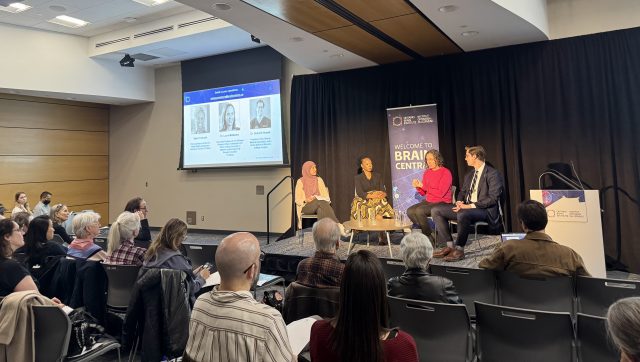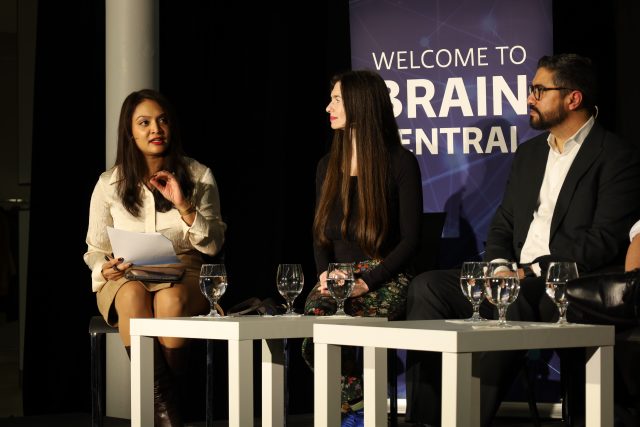When a child becomes seriously ill, there are many concerns, thoughts, and fears that arise in both the child and their family upon their first hospital visit. Will my child respond to treatment? Will they get the best care possible? What many people do not realize is that a child’s care goes beyond medications and procedures to encompass the child’s mental well-being. And often times, this is overlooked as part of their care. To address these concerns, the Hospital for Sick Children – one of the largest centres dedicated to improving children’s healthcare in North America – is doing something innovative.
SickKids is changing the face of children’s care by offering industrial designers and user-experience (UX) innovators the opportunity to tour their clinical areas and give feedback on the hospital environment and how it may impact patient experience. I was offered the opportunity to join these tours with my colleagues at the Ontario Brain Institute (OBI) by the tours’ lead, Mr. Frank Wang, Project Lead of the Ontasian Imaging Laboratory in the Department of Diagnostic Imaging. With my background in health sciences research and my experience at the OBI in knowledge translation for vulnerable populations, I was able to participate and contribute innovative ideas for change.
My colleagues and I were shown the clinical areas where a child would be referred after having a seizure – from the Emergency department, to being examined in the out-patient epilepsy clinic and MRI suites, to overnight hospital stays at the epilepsy monitoring unit. Generally, medical equipment and machinery are often not designed specifically for children. Consequently, they may look bulky, house complex tubing and lights, and make loud noises that can negatively impact children’s experiences. SickKids is moving towards addressing these issues and improving patient care. For example, SickKids is currently exploring ways to use games to train kids for the MRI experience. Children undergoing MRI scans after playing these games are more likely to remain calm, allowing for effective and rapid examinations. SickKids is also exploring ways to improve the corridors leading to the MRI suites, with the intention of engaging children along the way to their imaging appointments. In my opinion, the impact and messaging of these hallways can be enhanced by incorporating infographics describing what to expect during their appointments, thereby eliminating fears about the ‘unknown.’ This information can also be available to children and their families as an interactive resource. For instance, the Province of Ontario Neurodevelopmental Disorders (POND) network – one of OBI’s research programs – developed a storybook for children with autism about what to expect when having an MRI scan. From the nurses, technologists and doctors they will meet to the length of the MRI scan, children are told what they will see, hear and feel. This not only educates children through story but eases their fears about the hospital visit. This storybook initiative aligns with the main message that arose during the tour, which is that the child and their family should be prepared on what they will experience and be involved throughout the process. And this will not only provide a sense of comfort but could also play a role in improving the child’s health and lowering hospital costs, by reducing or even eliminating the need for general anaesthesia during MRI scans.
The over-arching theme that resonated with me after the tours, and that also makes up the foundation of OBI’s mandate, is the concept of patient-centred care. Engaging patients in their own healthcare, and even in medical research and innovation, will put the needs of the patients first and make the greatest impact in their lives. After all, it is the little considerations that can make a world of difference for the patients, their families and Ontario’s healthcare system.
Photo credit: Wellcome Library, London

